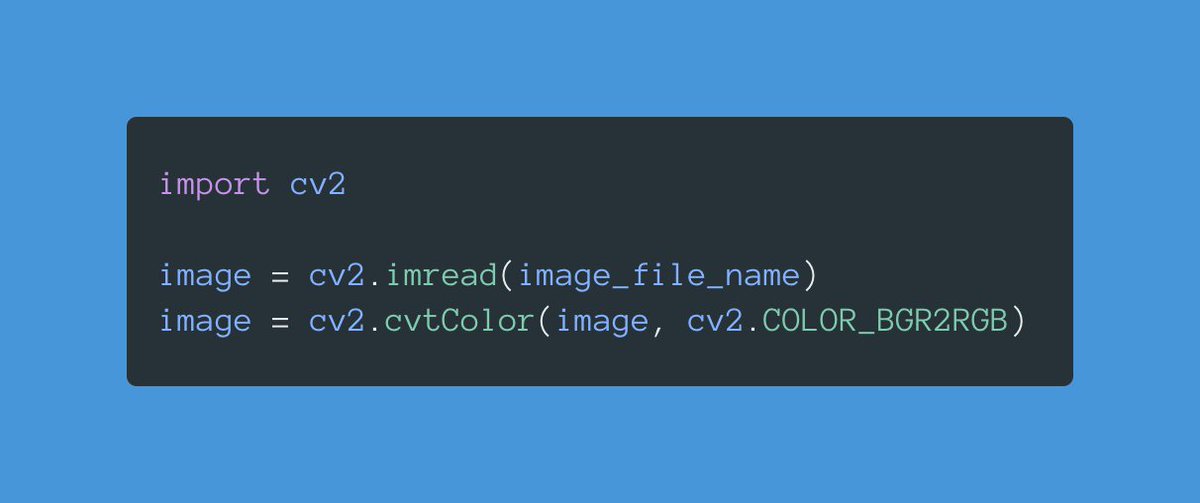
If I were to start building a career in machine learning today, here is where I'd focus:
1. Python from the get go.
2. Learn how to build software.
I'd take my time here and avoid rushing into the "machine learning" specific stuff.
Something interesting happens here: ↓
1. Python from the get go.
2. Learn how to build software.
I'd take my time here and avoid rushing into the "machine learning" specific stuff.
Something interesting happens here: ↓
A lot of people start learning software development because they want to get into machine learning.
Then they realize that machine learning is not what they care about.
This is great: there are many ways to build a successful career in the software industry.
Then they realize that machine learning is not what they care about.
This is great: there are many ways to build a successful career in the software industry.
As soon as you're comfortable, here is what I'd tackle next:
3. Machine learning fundamentals
4. Hands-on machine learning
I like to cover these at the same time, instead of one after the other: learn some theory, then apply it right away.
Something to keep in mind:
3. Machine learning fundamentals
4. Hands-on machine learning
I like to cover these at the same time, instead of one after the other: learn some theory, then apply it right away.
Something to keep in mind:
In order to get through some of the machine learning theory, you'll need to understand some of the math that make things possible.
Do you need to be a mathematician? Not even close.
High-school level math should get you through most of what you need at this stage.
Do you need to be a mathematician? Not even close.
High-school level math should get you through most of what you need at this stage.
The two most important things you can do at this point:
1. Solve a lot of problems.
2. Answer a lot of questions.
This is what "practice" looks like.
Bonus points if you can incorportate some of the things you are learning into your daily work. ← I was able to do this.
1. Solve a lot of problems.
2. Answer a lot of questions.
This is what "practice" looks like.
Bonus points if you can incorportate some of the things you are learning into your daily work. ← I was able to do this.
There are a few adjacent areas that will round up your skills:
5. How to build a RESTful API?
6. How to containerize it?
7. How to deploy it somewhere?
Basically, we want to go from "the model runs in my notebook" to "holly shit! the model runs in the cloud!"
5. How to build a RESTful API?
6. How to containerize it?
7. How to deploy it somewhere?
Basically, we want to go from "the model runs in my notebook" to "holly shit! the model runs in the cloud!"
I've noticed that many people that work for big tech companies have built a "focus on a single area" mentality.
They can afford big teams working on a single problem.
Unfortunately, not everyone works for big tech.
They can afford big teams working on a single problem.
Unfortunately, not everyone works for big tech.
Most companies out there need engineers that can wear many hats.
This means that you'll have to:
1. Build datasets
2. Train models
3. Deploy them
4. Monitor them
5. Maintain them
This is not about "being cheap" or "asking too much." This is the reality out there.
This means that you'll have to:
1. Build datasets
2. Train models
3. Deploy them
4. Monitor them
5. Maintain them
This is not about "being cheap" or "asking too much." This is the reality out there.
Things I didn't refer to specifically, but you should definitely consider:
1. A strong foundation on Computer Science fundamentals help.
2. Understanding how to work with both relational and non-relational databases is a must.
3. Invest time in communication. Lots of it.
1. A strong foundation on Computer Science fundamentals help.
2. Understanding how to work with both relational and non-relational databases is a must.
3. Invest time in communication. Lots of it.
Last week I posted a few bullets about this, and some people replied back with a version of "that will take too long."
Indeed it will. It has taken me a couple of decades and I still know very little.
This is a lifelong journey.
Takes time, but it's incredibly rewarding.
Indeed it will. It has taken me a couple of decades and I still know very little.
This is a lifelong journey.
Takes time, but it's incredibly rewarding.
Beneficial: absolutely!
Required: not unless you want to build a research-focused career.
Required: not unless you want to build a research-focused career.
https://twitter.com/realchrisebert/status/1457680106579705871
Here is a very good counter-argument to my statement of "not worrying about machine learning at the start."
https://twitter.com/Machine01776819/status/1457735955763322882?s=20
• • •
Missing some Tweet in this thread? You can try to
force a refresh





